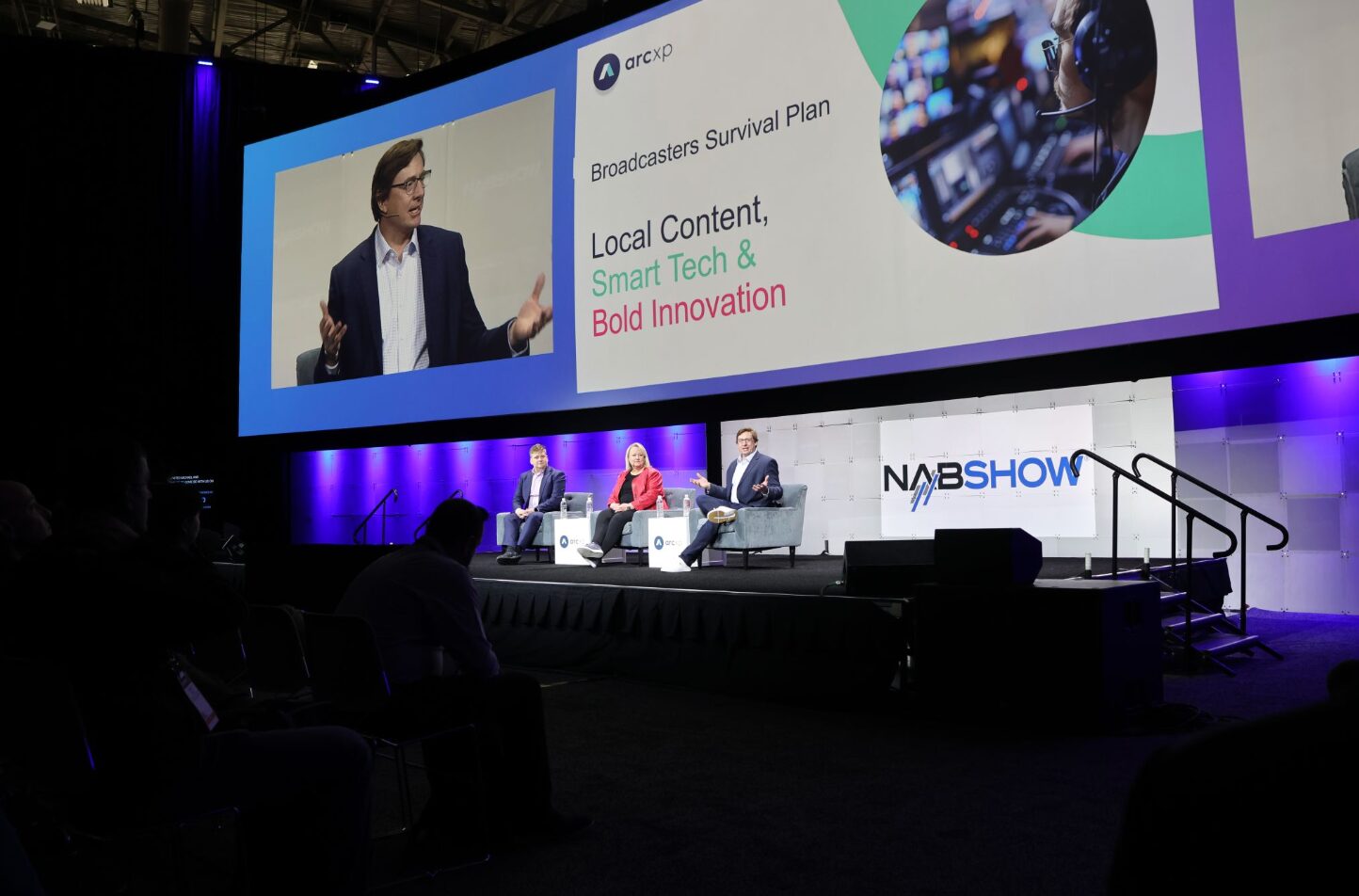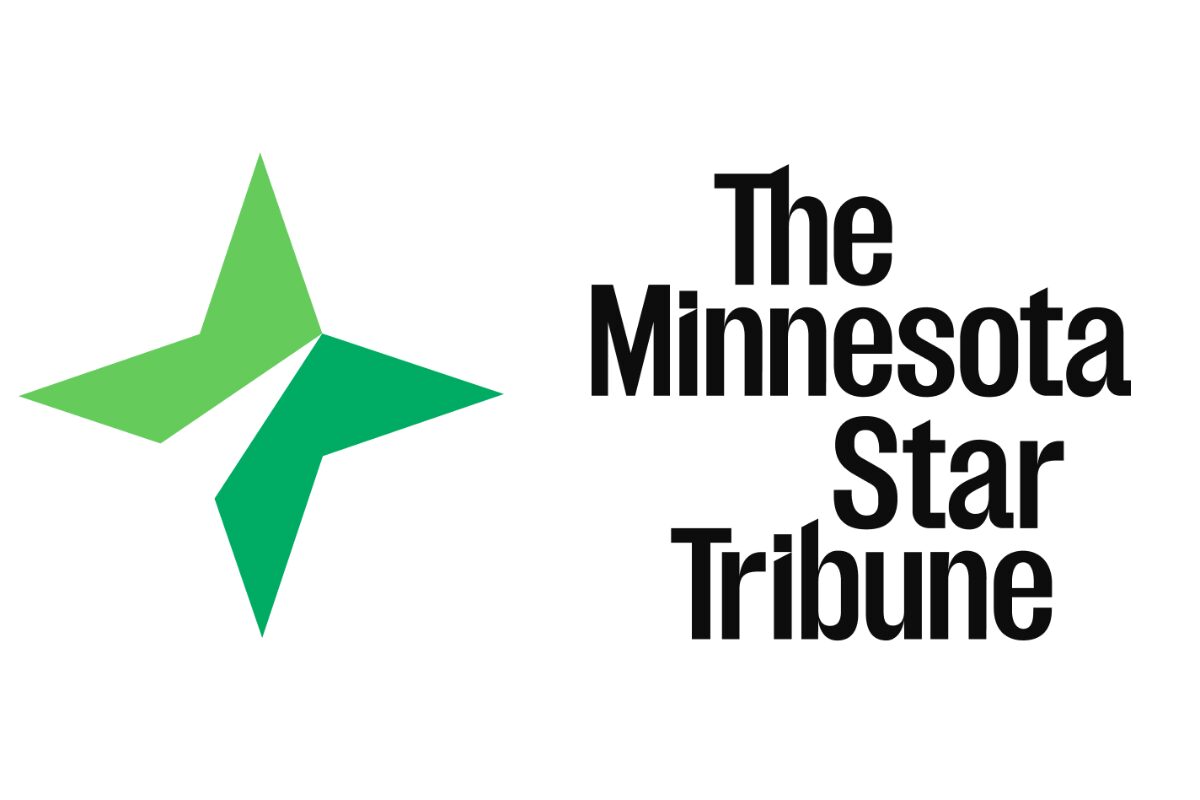First-Party Data Strategies for Publishers

Today, publishers face many challenges that threaten their ability to effectively reach and engage with audiences. From Google’s algorithm changes to the impending end of third-party cookies, these changes disrupt traditional methods of user tracking and personalized advertising. Amidst these challenges lies an opportunity: first-party data. Originating directly from user interactions, first-party data offers a privacy-compliant alternative with immense potential for audience understanding and engagement.
We explore the transition from third-party to first-party data, drawing insights from Jessica Cavallo, Senior Product Manager at Arc XP, as we offer a guide for publishers navigating this transformative shift.
What is first-party data?
First-party data refers to information collected directly from users who interact with a publisher’s websites, apps, or other owned platforms. It is characterized by two main criteria: consent and ownership. Users willingly provide their data, typically through interactions like registration or engagement, giving explicit consent for its use. Additionally, the data is owned and controlled by the publisher, offering valuable insights into user behaviors, preferences, and interactions.
Examples of First-Party Data and What They Measure:
| Type of First-Party Data | Description |
|---|---|
| User Registration Information | Personal details provided by users during registration, such as name, email address, age, gender, and location. |
| Website/App Usage Data | Data generated from user interactions with a website or app, including page views, session duration, and clicks. |
| Content Preferences | Information about the type of content users engage with most frequently, such as articles, videos, or podcasts. |
| Purchase History | Details of users’ past purchases or transactions made on the publisher’s platform, including products and prices. |
| Social Media Interactions | Insights into users’ interactions with the publisher’s social media accounts, including likes, shares, and comments. |
| Email Engagement | Metrics related to user engagement with email communications, such as open rates, click-through rates, and conversions. |
| Customer Feedback | Feedback provided by users through surveys, reviews, or direct communication channels, offering insights into preferences and satisfaction levels. |
| Device and Browser Information | Data about the devices and browsers used by users to access the publisher’s digital properties, including device type, operating system, and browser version. |
Key Differences and Challenges: Third-Party vs. First-Party Data
Understanding the differences between these two types of data is crucial for publishers seeking to navigate this transition effectively. Third-party data is obtained from external sources and relies on cookies and tracking mechanisms to gather information about user behavior across various websites. In contrast, first-party data originates directly from user interactions with a publisher’s own digital platforms, such as websites and apps.
Making the switch from third-party to first-party data presents a few challenges for publishers. Some of these include:
1. Privacy Compliance:
With increasing regulatory scrutiny and user privacy concerns, publishers must ensure compliance with data protection regulations while collecting and utilizing first-party data. This underscores the critical need for publishers to establish robust privacy measures to maintain trust and regulatory compliance.
2. Data Collection Methods:
Unlike third-party data, which is often collected passively through cookies, gathering first-party data requires active user consent and participation. Publishers must navigate the delicate balance between collecting valuable insights and respecting user privacy preferences. Jessica Cavallo, Senior Product Manager at Arc XP, emphasizes this point, stating, “Collecting first-party data is like a marathon, not a sprint.” This sentiment underscores the gradual and strategic approach necessary for acquiring valuable user data without overwhelming or alienating audiences.
3. Data Sharing and Integration:
Another hurdle in the transition to first-party data involves data sharing and integration across different channels and brands within a publisher’s ecosystem. Siloed data repositories and disparate systems can hinder the seamless flow of information, making it challenging to gain a comprehensive understanding of user behavior and preferences. Publishers must invest in robust data integration strategies and technologies to break down silos and unify data across channels and brands.
Advice for Publishers Navigating the Transition
Embrace Transparency:
As publishers transition to first-party data, transparency is essential. Users want to understand how their data is collected and used. Publishers must communicate clearly about data practices, providing easy-to-understand privacy policies and consent mechanisms. Transparent communication builds trust and fosters positive relationships with users, ensuring ethical data practices in the digital landscape.
Additionally, publishers should be conscious of the amount of data they request. “When publishers, broadcasters, and other organizations begin collecting data, it’s crucial to strike a balance in the amount of information requested from users,” said Jessica. “Asking for too much can overwhelm users and deter them from further engagement. Conversely, asking for too little may not provide enough incentive for users to continue interacting.” By finding the right balance and gradually requesting more information, publishers can keep users engaged, fostering a sense of trust and interest, and encouraging continued interactions.
Leverage Existing Processes:
One strategy for overcoming the challenges of transitioning to first-party data is leveraging existing registration and interaction processes. Publishers can capitalize on interactions such as newsletter sign-ups, registration funnels, and content preferences to gradually gather valuable first-party data from users. “Begin by encouraging them to sign up for a newsletter or guiding them through the registration funnel,” said Jessica. “Then, gradually, you can request additional information, gather insights into their interests, and possibly even save their favorite content.” By integrating data collection seamlessly into existing user experiences, publishers can foster trust and engagement while acquiring valuable insights.
Consider Utilizing a Customer Data Platform (CDP):
In navigating the transition to first-party data, one powerful tool that publishers can leverage is a Customer Data Platform (CDP). A CDP offers a centralized solution for aggregating, analyzing, and activating first-party data, providing publishers with valuable insights into user behaviors and preferences. Jessica underscores the significance of this approach, stating, “effectively utilizing a CDP offers segmentation and recommendations to not just monetize but also engage these users.”
A CDP breaks down data silos, providing a comprehensive understanding of the audience. It enables effective analysis, uncovering actionable insights for personalized experiences. As Jessica highlights, “CDPs now have employed AI tools to analyze the entire user base, enabling segmentation and offering recommendations,” enabling publishers to optimize content delivery and engagement strategies based on user preferences and behaviors.
Embrace Continuous Learning:
The landscape of data collection and analysis is constantly evolving. Publishers must embrace a culture of continuous learning and adaptation to stay ahead of trends and best practices. By staying informed about emerging technologies and methodologies, publishers can maximize the value of their first-party data investments and drive innovation in audience engagement strategies.
Recent resources




